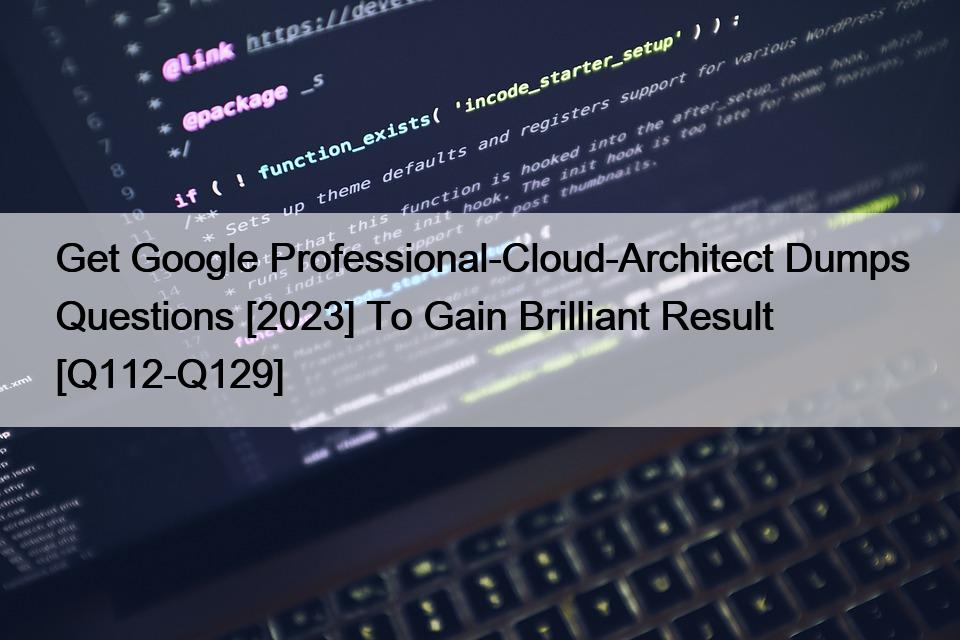Get Google Professional-Cloud-Architect Dumps Questions [2023] To Gain Brilliant Result
Professional-Cloud-Architect dumps – Dumpleader – 100% Passing Guarantee
Google Professional-Cloud-Architect certification exam is designed to test an individual’s knowledge and skills in cloud architecture and Google Cloud Platform (GCP). It is intended for professionals who work with GCP and have experience designing, developing, and managing cloud solutions.
To prepare for the GCP exam, candidates can take advantage of a range of resources available online. Google offers a range of training programs, including online courses, tutorials, and hands-on labs, to help candidates build their knowledge and skills in GCP. Additionally, third-party training providers offer courses and study materials that can help candidates prepare for the exam.
Section #5. Managing implementation
This section has two major topics and assesses the candidates’ skills in application development, system migration, data management, API development/usage best practices, and testing frameworks. Interacting with Google Cloud programmatically is the key focus of the second sub-topic. The main considerations here are Cloud Emulators, Google Cloud Shell, and Cloud SDK.
Get 100% Passing Success With True Professional-Cloud-Architect Exam: https://www.dumpleader.com/Professional-Cloud-Architect_exam.html
